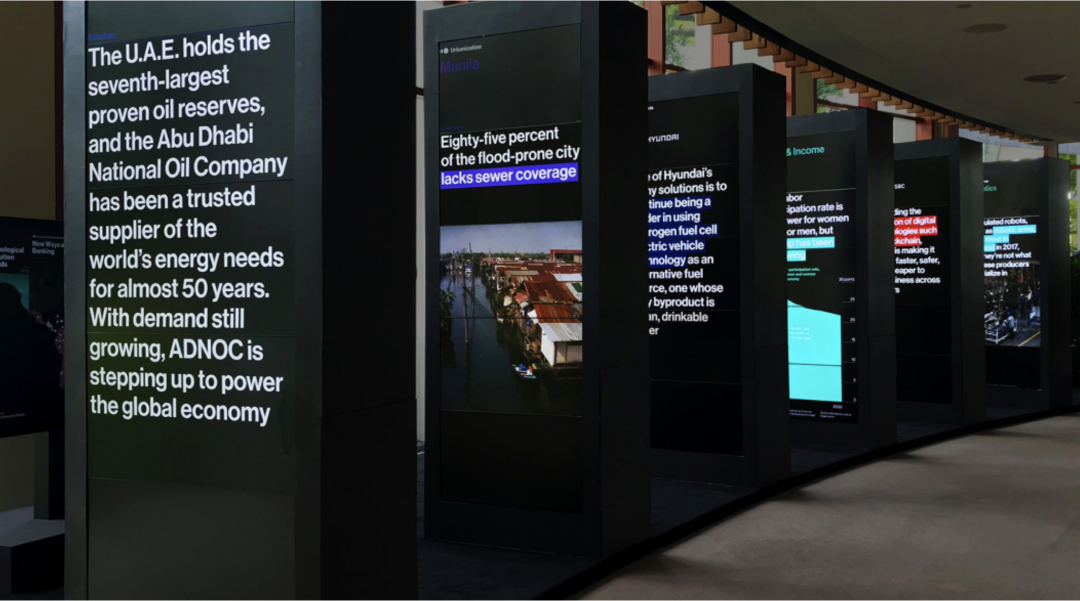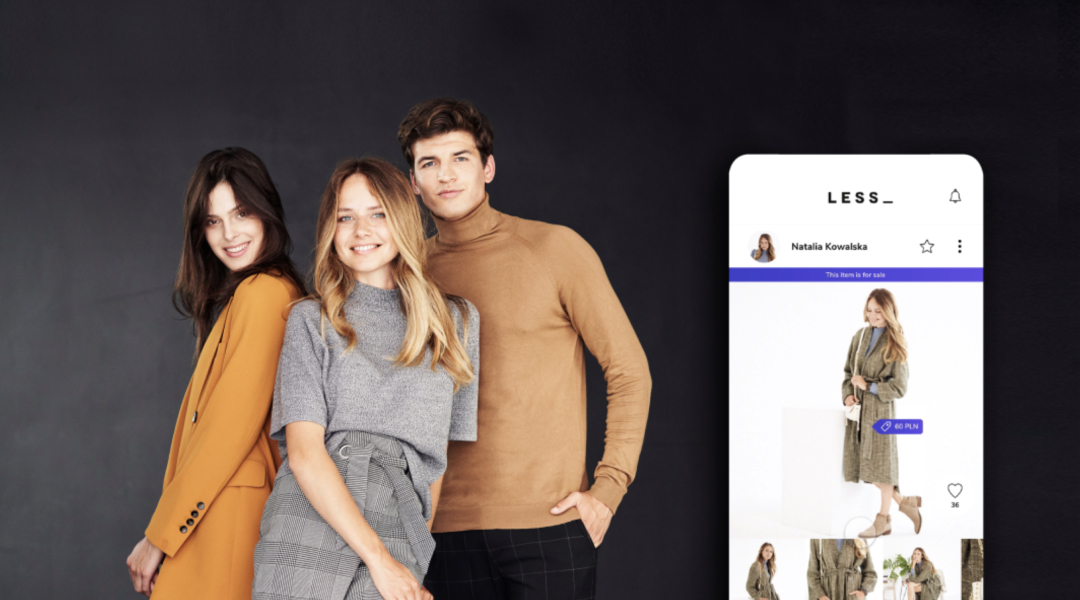
Mobile Applications in Healthcare
Foster innovation in Mobile Healthcare apps

Introducing innovation to the healthcare industry happens in a variety of ways. You can upgrade available solutions by making them more affordable or accessible. You can increase the speed or success rate of established procedures. You can utilize cutting edge tech to launch entirely new ways of diagnosing and treating patients. At the end of the day, however, it’s all about questioning and changing the traditional methods in order to solve problems more efficiently and effectively.
Do you want to introduce a revolutionary product to the market? Here’s how to approach innovation in mobile apps:
The pillars of innovation in healthcare app development
We decided to focus on three elements that are necessary to build innovative healthcare mobile apps that are able to make a significant impact on the status quo. Solid conceptual work enables you to design products that are needed and meaningful. Prototype development is a strategy that allows you to gather early feedback and validate your hypotheses. Finally, picking the right technology can save you a whole lot of time and money. Let’s go through these pillars of innovation, one by one.
Conceptual work
Medical innovations may be forged in hyper-modern labs, but the foundations are often laid in ordinary office settings. The conceptual work is extremely valuable when trying to come up with an innovative healthcare app: design decisions are of great importance when they can literally turn out to be a matter of life and death.
Healthcare mobile apps absolutely need to have a great UX design: medical professionals and patients should be able to use them almost intuitively. Good UX is achievable when you address users’ needs and test your solutions extensively during the conceptual stage of mobile app development. What kind of conceptual work are we talking about here?
- User research - In order to determine your audience’s true pain points and needs, it’s useful to conduct user research. You can utilize surveys or interviews to collect feedback from your target group. Once you have gathered different insights, you can synthesize them (affinity mapping is a useful technique for that) and start building user flows on that basis.
- Product Discovery process - a strategy for designing products rooted in customers’ needs. Put your empathy glasses on and be ready to challenge your assumptions regarding the product. When it comes to mobile healthcare apps, where the go-to-market process is lengthy and often expensive, making the right decisions early on is crucial.
- Workshop - Workshopping is the primary form of conducting product discovery. It’s an opportunity to gather your whole team as well as your external development partner if you don’t build the app in-house. At Apptension, we always strive to meet with our clients in order to define the product vision together. Why? Both sides bring something important to the table: the client comes with their business objectives, we chip in with tech and design expertise. Together, we can work out a truly innovative product.
Prototypes
The process of software prototyping is all about testing and validating your ideas. If you’ve worked your way through the conceptual phase described above, the chances are that your product vision is well-thought-out. Using prototypes is a way to check if it’s also technically and scientifically feasible. Even if the technology is pretty straightforward, you might want to check whether your product actually meets the expectations of its target group.
When should you work on your healthcare app’s prototypes? The ideas for what to test in that process should be generated during the discovery phase. We recommend you build a couple of prototypes to test different technologies/user flows/features. The ones that prove to be the most successful can be further developed.
Keep in mind that software prototyping is an R&D process with all of its advantages as well as risk. Prototypes are handy because you can develop them faster and at a lower cost. Even if you’re concepts fail the prototyping test, at least you can pivot at an early stage.
Of course, your mobile healthcare app may still need regulatory tests and clinical trials. Still, thanks to prototyping, you will be that much closer to knowing whether your innovation is able to disrupt the industry.
Technology
Not all healthcare mobile apps are created equal. Depending on the nature of your product and the circumstances in which it will be used, choose the right tech backbone for your app, for example:
- Cross-platform mobile apps - Native cross-platform apps use a single codebase for both iOS and Android, cutting the development time and costs significantly. React Native is our preferred technology when creating cross-platform mobile solutions. It’s a JavaScript framework, so frontend developers can use it without having to master a completely new language.
- Progressive Web Apps - PWAs are often referred to as web apps that feel like native apps. Such apps are fast and offer good experience for the users, even with a weak Internet connection. They’re also advantageous from the business stand-point: Progressive Web Apps are easy to install, so conversion rates are usually higher. Plus, they’re SEO-friendly.
These technologies provide a foundation for your app: they determine how it will be built and, to some extent, how it will be used. You still have to think about the more consumer-facing technology that your app may utilize. If, for instance, you want to enrich your app with AR or VR capabilities, check our website about Augmented and Virtual reality in mobile healthcare apps.

" Innovation isn't risk free but by employing product discovery and validation techniques we can reduce the number of pivots and make sure we never end up in a blind alley. This will ensure your resources are being used in the smartest way possible."

Other projects














